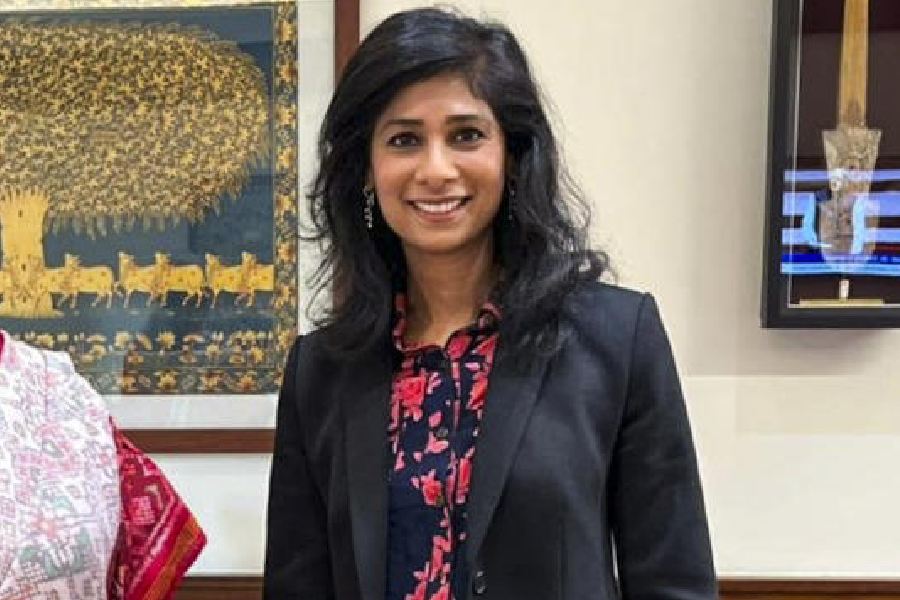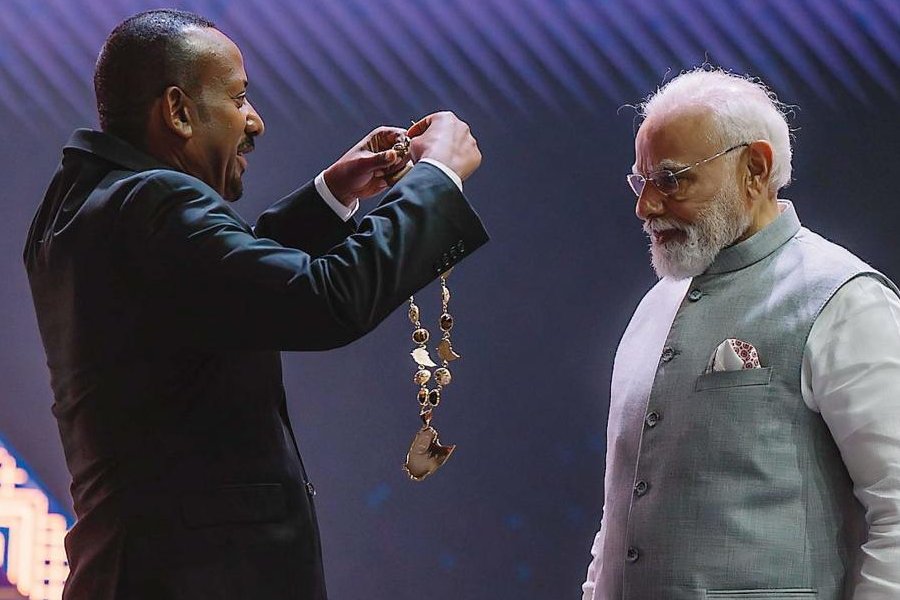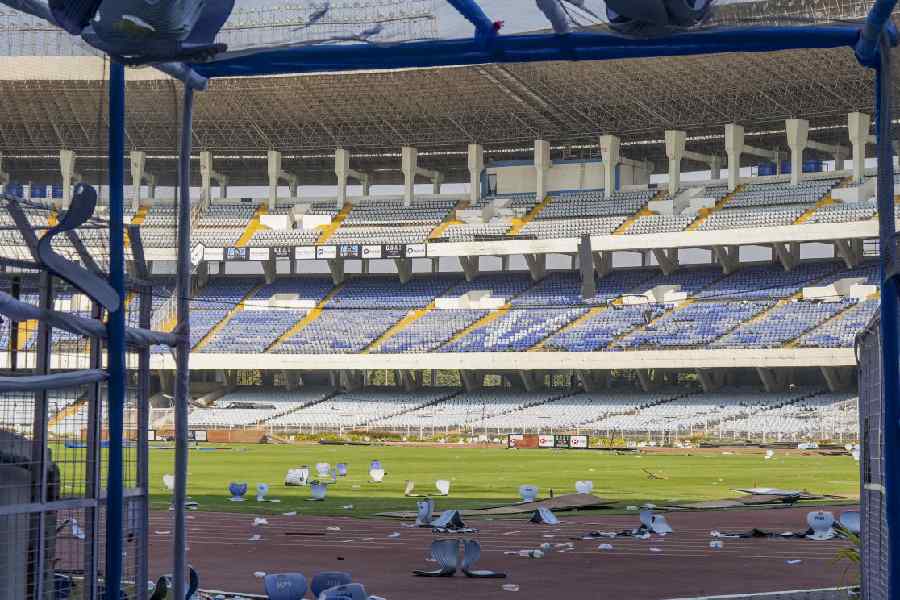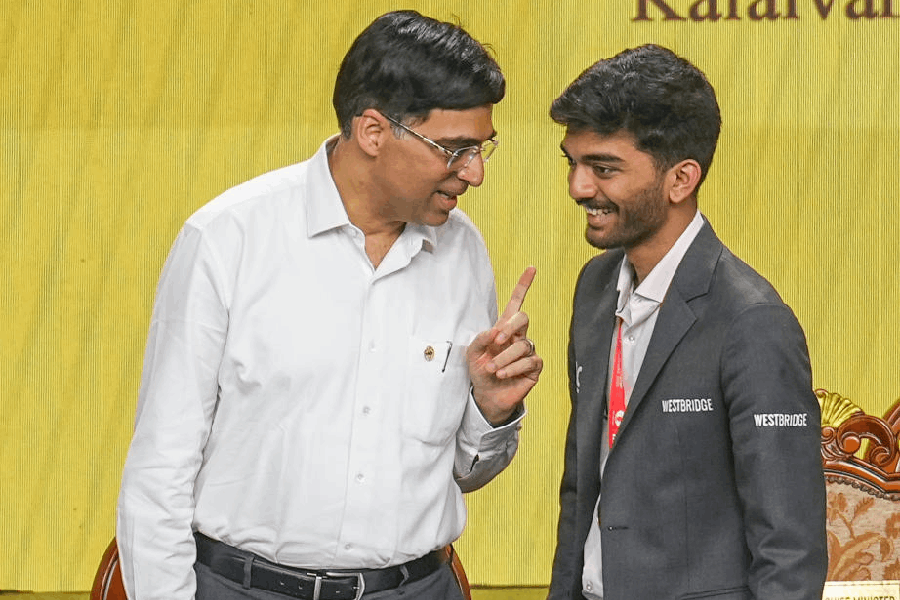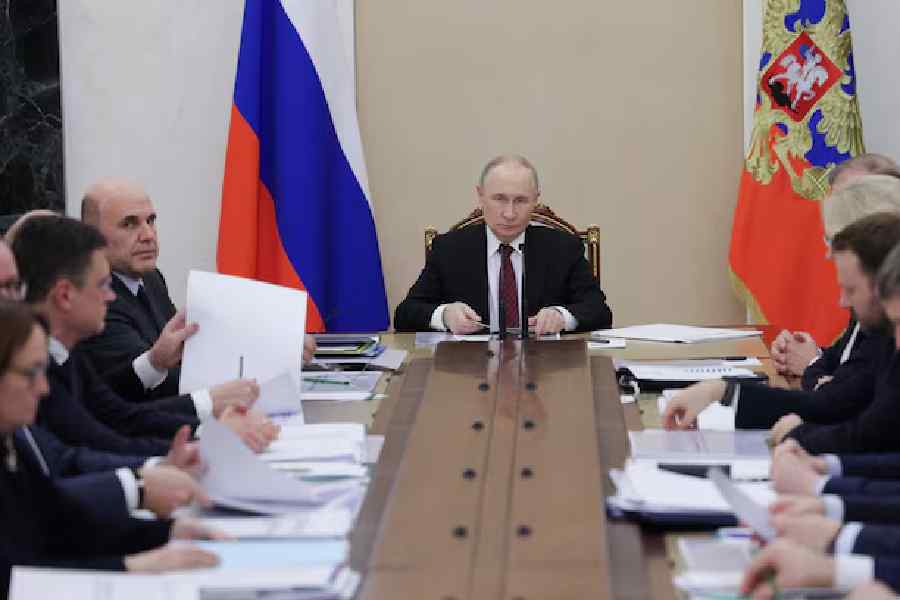 |
Actors and politicians aren’t quite known for their sense of time. So I am taken aback when actor-turned-politician Shatrughan Sinha starts apologising to me. He’s not late — I am early. But he is upset that I have had to wait.
“I feel bad if a female visitor has to wait in my office,” says the chivalrous Bharatiya Janata Party (BJP) leader as he settles down on a sofa.
The man oozes charm — all six feet, two inches of him, and clad as he is now in a grey shirt with a black jacket and a pair of black trousers. When I first met him in 2003, he was the Union minister of shipping and was great for a photo-op, but had little to say. Nine years later, he seems to have matured as a politician.
Sinha admits it too: the biggest lesson that he has learnt over these years, he says, is “speak only as much as required”.
And he truly means it. Otherwise candid, Sinha is today unusually reticent about the recent controversies that he has been drawn into.
Last week, he endorsed senior lawyer and BJP leader Ram Jethmalani who criticised the party for questioning the appointment of the new Central Bureau of Investigation director Ranjit Sinha. The BJP has already sent a show cause notice to Jethmalani on this. There was speculation that Shatrughan Sinha would meet the same fate.
Is he worried about this, I ask him. “Are they still talking about it,” he retorts.
The political grapevine has it that Sinha’s proximity to BJP leaders Sushma Swaraj and Arun Jaitley is delaying his suspension. But he dispels the rumours. “I always stand against injustice. But at the same time, I know that I have never crossed the line of maryada (decorum),” he says, fiddling idly with his red silk scarf.
Sinha, clearly, has decided that he is going to watch his words. Last month, he was among those who had demanded the ouster of party president Nitin Gadkari. Today he calls him a “dear friend”. I prod him a bit, and he says, “I am an honest politician and for me, no one is above the party and the nation.”
Indeed, he has always been more of a politician than an actor, despite his rich career in Bollywood. The former Patna boy was inspired by socialist leader Jayaprakash Narayan in the Seventies and plunged into active politics at the peak of his film career.
“I intended to improve the lives of people and not to enjoy the unlimited glamour attached to power,” says the former minister of health who was a Rajya Sabha member for two consecutive terms — from 1996 and 2002.
Sinha, 67, joined the BJP in the 1980s. “I always thought that the party would go a long way,” says the Lok Sabha member from Patna Sahib.
What does he think of the party now that it is being torn apart by corruption charges and dissidence? “It is just a phase that will pass. I see it as a form of churning.”
I try to provoke him, but he is now quite an astute politician. “Khamosh (silence),” he orders jokingly, recalling a popular expression from his 1974 film Badla.
But after a brief pause, he carries on, stressing that he has enormous respect for former party president L.K. Advani, whom he calls his political “guru”. Recently in Patna, he had announced that Advani would be the best candidate for the Prime Minister’s post. Does that mean he rejects the candidature of Gujarat chief minister Narendra Modi?
His answer is cryptic. “If Deve Gowda, who was not a popular leader, could be PM, then why not Narendra Modi? Nitish Kumar is also a good candidate as he is doing great work for his state. But then everything is decided by numbers. Advaniji may have the numbers,” Sinha says.
His association with Advani is an old one. It was Advani who coaxed him to fight a 1992 by-election against former superstar Rajesh Khanna after Advani had vacated his New Delhi constituency seat. But Sinha lost.
“Fighting the by-election was the biggest political blunder of my career, but then I couldn’t have said ‘no’ to Advani ji,” he says.
But does he regret the fact that his relationship with Khanna soured after the election? “He didn’t speak to me for years till I apologised to him,” says Sinha, who played second fiddle to Khanna in the 1982 film Dil-e-Nadaan.
Sinha’s career, actually, took off on second leads. The Film and Television Institute of India (FTII) graduate got his first break in Dev Anand’s Prem Pujari in 1970. But the film that released first was Mohan Sehgal’s Sajan. Subsequently, his role as Chhainu, a rough-edged street don, in Gulzar’s Mere Apne, won him critical acclaim. “People thought that I was a villain with a heart,” he chuckles.
But the scar-faced newcomer tasted his major success in Subhash Ghai’s thriller Kalicharan in 1976 — which went on to establish him as hero in successive Bollywood films.
As he was attaining stardom, a man called Amitabh Bachchan was making his presence felt. The two were initially close, and acted together in Bombay to Goa in 1972.
“We even dated together; sometimes the same girl,” he says with a smile.
But their relationship turned bitter over the years. “Some people had told me that Bachchan didn’t want me as his co-star,” says Sinha. The two, however, patched up in July this year after Sinha underwent a bypass surgery. “It was really nice of him to come and see me in the hospital,” says Sinha, who has lost some nine kilos in the past two months.
His journey from Patna to Mumbai and now Delhi is the stuff dreams are made of. His educationist father and homemaker mother pampered him, even though Sinha — the youngest of four brothers, Ram, Lakshman, Bharat and Shatrughan — was exceptionally naughty. A good mimic since childhood, he had a good sense of humour which made him popular. “But my father always complained because I wasn’t interested in studies,” he says.
He joined the Patna Science College, but soon dropped out to go to Calcutta, where he sat for his FTII entrance examination. “Calcutta is special because this is where I started my journey into films,” Sinha says. “I also love muri ghantor dal and begun bhaja.”
He reconnected with Bengal in 1987 when he was acting in Gautam Ghose’s Antarjali Jatra. He remembers the first day of shoot, “I had to cut my side locks and appear bare-chested. I was scared to do all this because I was a commercial hero. So I just left.”
But Ghose dissuaded him from doing so. “He told me, Tumi karte parbe (you will be able to do it),” says Sinha, speaking Bengali with ease. The role went on to win him critical acclaim.
But way back in 1965, when left his home to join FTII, Sinha had no idea what was in store for him. He vividly remembers his train journey from Patna to Pune. “I was crying because I’d parted from my family for the first time. But my mood lifted when I saw this extremely beautiful girl who was my co-passenger. While she was sleeping, I thought I’d touch her and see if she was real,” he says with a chuckle.
He befriended Poonam Chandiranami — who went on to become Miss India in 1968, a Hindi film actress, and then Mrs Sinha. “It was so filmy,” he laughs.
But Bollywood stars are never without their share of controversies. There was a time when cinema magazines whispered about his relationship with another actress, Reena Roy (who later married Pakistani cricketer Mohsin Khan).
“Reena is a very dear friend. I am a grown up man now, I don’t want to talk about it,” he says.
I take the liberty to ask him if he is amused when people mention the resemblance between Roy and his actress daughter Sonakshi. “It is stupid. Even when Dimple Kapadia came into films, many said she looked like Nargis. Sonakshi has traditional looks, so people compare her with many yesteryear heroines,” he says.
Though proud of Sonakshi’s success in films such as Dabangg and Rowdy Rathore, Sinha stresses that his twin sons — Luv, whose debut film Sadiyaan flopped in 2010, and Kush, an assistant director — are also promising. “Luv is to re-launch his acting career and Kush is ready for direction.”
And Sinha is getting ready for a session with his physiotherapist. The illness has taken a toll on him, and his worried wife has cajoled him into wearing a blue sapphire ring for good health. “Tandurust hoon. Chust hone mein thora time lagega (I am fit but I will take some time to be super-active),” he says.
He needs to be as chust as he can: to fight within the party — and for it.


